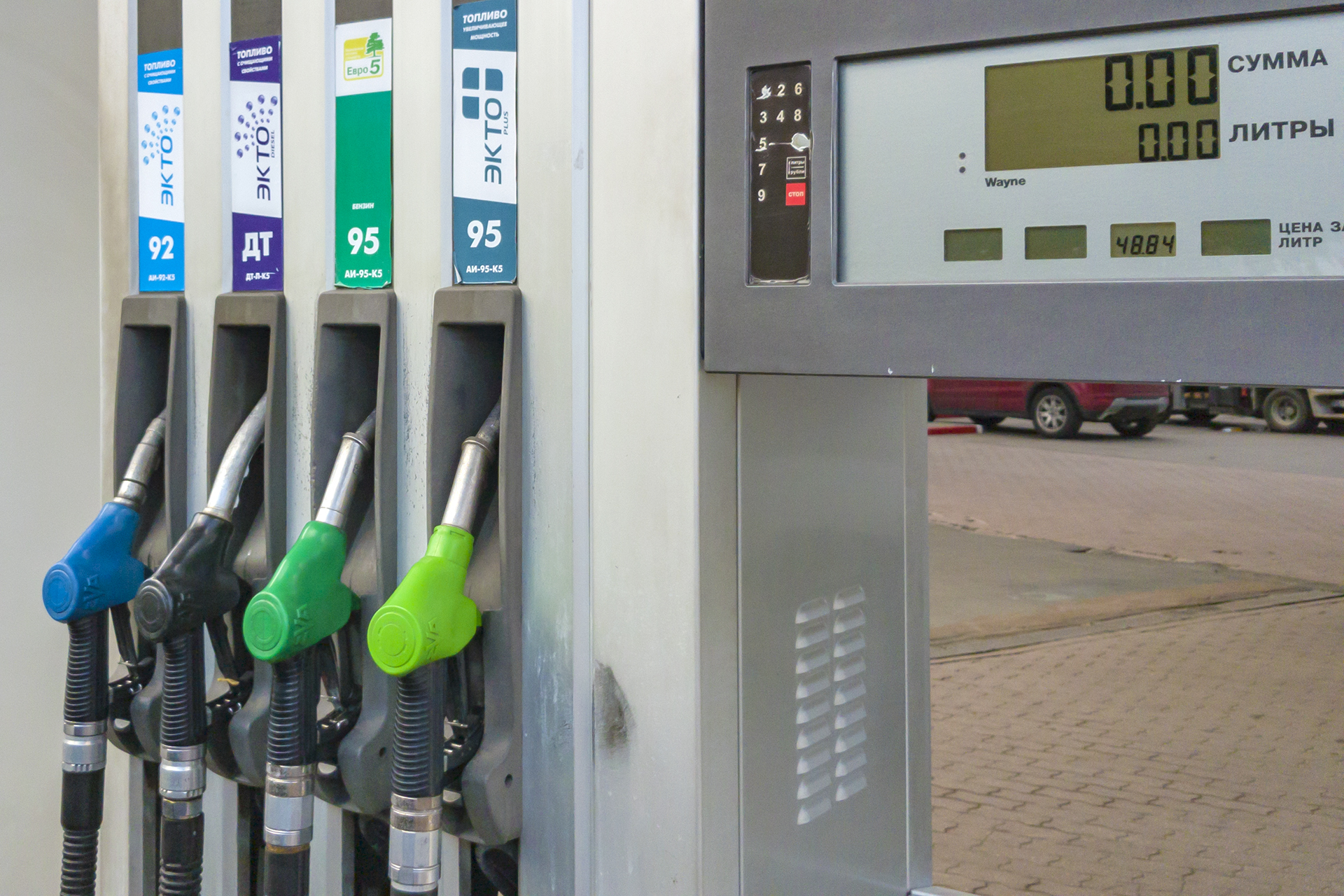In 2022, retail gasoline prices in Russia will grow at a rate close to inflation.
This assumption was made in the Russian Fuel Union (RTS).
“We believe that the oil companies will fulfill the agreements they have entered into with the government.
The market is competitive, so independent gas stations will also have to keep prices at the same level.
The authorities, in turn, are faced with the task of making sure that wholesale prices rise within inflation, ”said the head of the RTS Evgeny Arkusha to RT.
According to Rosstat, in 2021 the retail price of AI-92 gasoline on average in Russia increased by 8.7% - to 47.11 rubles per liter.
At the same time, the cost of AI-95 fuel at gas stations in the country increased by 8.5% - up to 51.01 rubles per liter.
The general inflation rate in the country at the end of last year was about 8.4%.
At the same time, according to the forecast of the Central Bank, in 2022 the value should drop to 4-4.5%.
“The noticeable rise in the price of fuel in 2021 was the result of an increase in oil quotations, an exuberant demand for fuel around the world, as well as an increase in wholesale prices on Russian stock exchanges.
Gas stations tried to contain the cost of fuel at gas stations, but incurred losses and nevertheless were forced to smoothly adjust price tags so as not to go bankrupt, "Artyom Deev, head of the analytical department of AMarkets, explained in an interview with RT.
According to experts, the damping mechanism helped partially compensate the losses for the business.
As part of the initiative, the state compensates oil companies for lost revenues when supplying fuel to the domestic market.
If domestic fuel prices are lower than export prices, producers receive compensation from the federal budget.
At a higher cost of raw materials in the domestic market, companies, on the contrary, transfer part of their profits to the treasury.
“Without a damper, the fuel market would be objectively less stable, given the difficult epidemic situation in the world and the global growth in fuel consumption.
The compensation parameters are manually regulated by the authorities.
This makes it possible to prevent distortions in the segment, ”Andrei Gordeev, an analyst at Virgin Oil Group, said in a conversation with RT.
Recall that the damper started working back in 2019 and at that time made it possible to slow down the rise in fuel prices by several times.
In May 2021, against the backdrop of a new wave of price increases, the government made changes to the mechanism, and companies were able to claim a larger amount of payments from the treasury.
At the same time, the authorities are currently preparing additional adjustments.
Russian Energy Minister Nikolai Shulginov announced this at the end of December.
“In 2022, the Ministry of Energy, together with the Federal Antimonopoly Service, provides for changes to the damper, increases the level of compensation for refineries.
Also, in the first quarter, an increase in exchange standards is envisaged, "Shulginov said on the air of the Russia 24 TV channel.
Note that large Russian oil companies are obliged to send part of the fuel to the exchange, where independent filling stations can buy it at market prices.
As previously explained in the government, this approach reduces the risks of monopoly pricing, since many dominant players in the fuel market have their own network of gas stations.
Now the business must sell through the exchange at least 11% of the produced gasoline and 7.5% of diesel fuel.
The government plans to increase the figures to 12 and 8.5%, respectively.
This was previously stated by Deputy Prime Minister Alexander Novak in an interview with RBC.
© ALEXEY BYCHKOV / Global Look Press
According to Andrey Gordeev, in the coming year, the dynamics of fuel prices in Russia will depend on the situation with the pandemic in the world.
Thus, if the epidemic situation improves, global fuel demand will continue to grow at a steady pace, which may lead to a new round of increase in oil prices and the wholesale cost of gasoline.
“In addition, during the time of restrictions, Russians have become accustomed to traveling around their country in a private car, so in summer there may be an increase in fuel sales and, as a result, a jump in prices and a local shortage of fuel.
However, taking into account the government's measures and the overall coordination of the market, the growth in the cost of fuel in retail is unlikely to exceed the inflation rate, "Gordeev said.
As Pyotr Pushkarev, chief analyst of TeleTrade Group of Companies, suggested in an interview with RT, in 2022 the government will try to prevent gas station prices from rising above the so-called psychological levels.
We are talking about marks of 50 rubles per liter of AI-92 and 55 rubles per liter of AI-95 on average in Russia.
“If prices begin to approach these levels, the authorities will have to act tougher and introduce strict export quotas, in proportion to the sale of gasoline to Russian consumers.
Also earlier, the government discussed a temporary, but complete ban on the export of fuel abroad.
Therefore, market participants will try not to cross these price levels, because they understand that the Cabinet will immediately take such unprofitable measures for business, ”concluded Pushkarev.

